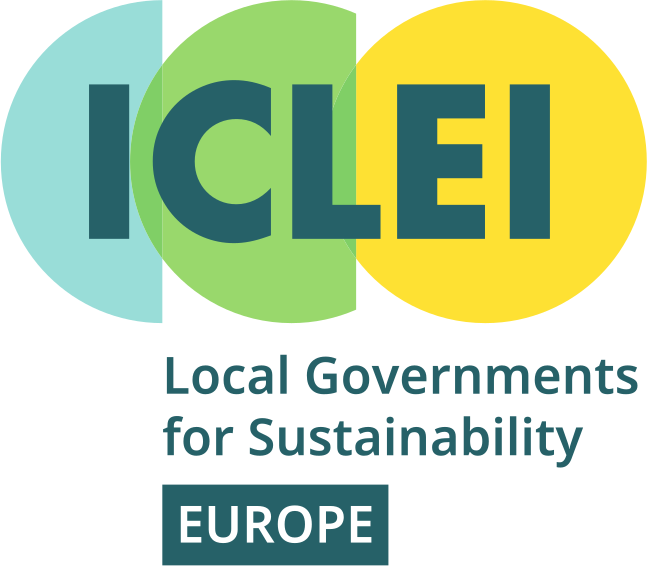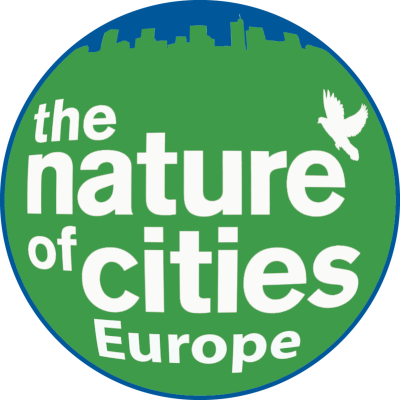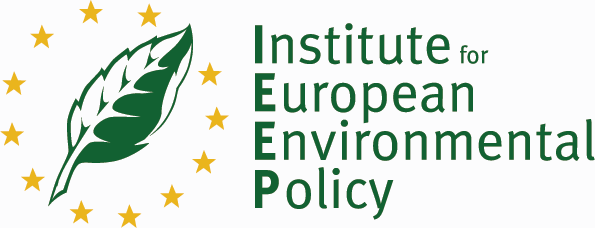Area characterisation:
|
The assessment of ES in Malta, presents a number of challenges, mostly associated with the availability of land use and other spatial data at relevant scales, and the scale of the existing spatial data. Corine Land Cover (2006, 2012) is available for Malta but given the heterogeneity of the landscapes, the presence of small landscape units, and the coarse categorisation of agricultural areas that makes up almost half of Malta’s land area, this was not used as a baseline map. For this purpose a land use land cover map was developed. In addition, within this case-study, a tiered mapping approach, which makes use of different land-use datasets and ecosystem services assessment methods, was implemented. |
Objective:
|
The present ecosystem services assessment and mapping has been mainly scientifically-driven, with the objective of this study being that of carrying out a first assessment of the capacity and flow of ES in the Maltese Islands (Central Mediterranean). ES capacity is defined as the potential of ecosystems to provide services appreciated by humans, while ES flow refers to the actual use of the ES and occurs at the location where an ES enters within a utility or production function. Given the insular and urbanised environment, and the dependence on local ecosystems for the delivery of key ecosystem services, a policy objective could be that of analysing the spatial variation of ecosystem services in Malta. This would permit for the identification of spatially overlapping bundles of ecosystem services, and for analyses of the impact of policies and developments on the ecosystems’ capacity to deliver key ecosystem services, and on their actual flow. |
Lessons learnt:
|
The assessment of ES in Malta, presents a number of challenges, mostly associated with the availability of land use and other spatial data at relevant scales, and the scale of the existing spatial data. Corine Land Cover (2006, 2012) is available for Malta but given the heterogeneity of the landscapes, the presence of small landscape units, and the coarse categorisation of agricultural areas that makes up almost half of Malta’s land area, this was not used as a baseline map. For this purpose a land use land cover map was developed. In addition, within this case-study, a tiered mapping approach, which makes use of different land-use datasets and ecosystem services assessment methods, was implemented. |
Organisations:
Applied Environmental Sciences Research Group, Institute of Applied Sciences, Malta College of Arts, Science and Technology
Contacts:
Mario V Balzan, Institute of Applied Sciences, Malta College of Arts, Science and Technology (MCAST), Malta. Email: mario.balzan@mcast.edu.mt
Publications and reports:
Balzan, M. V, Caruana, J., & Zammit, A. 2018. Assessing the capacity and flow of ecosystem services in multifunctional landscapes : evidence of a rural-urban gradient in a Mediterranean small island state. Land use policy. 75: 711-725.











